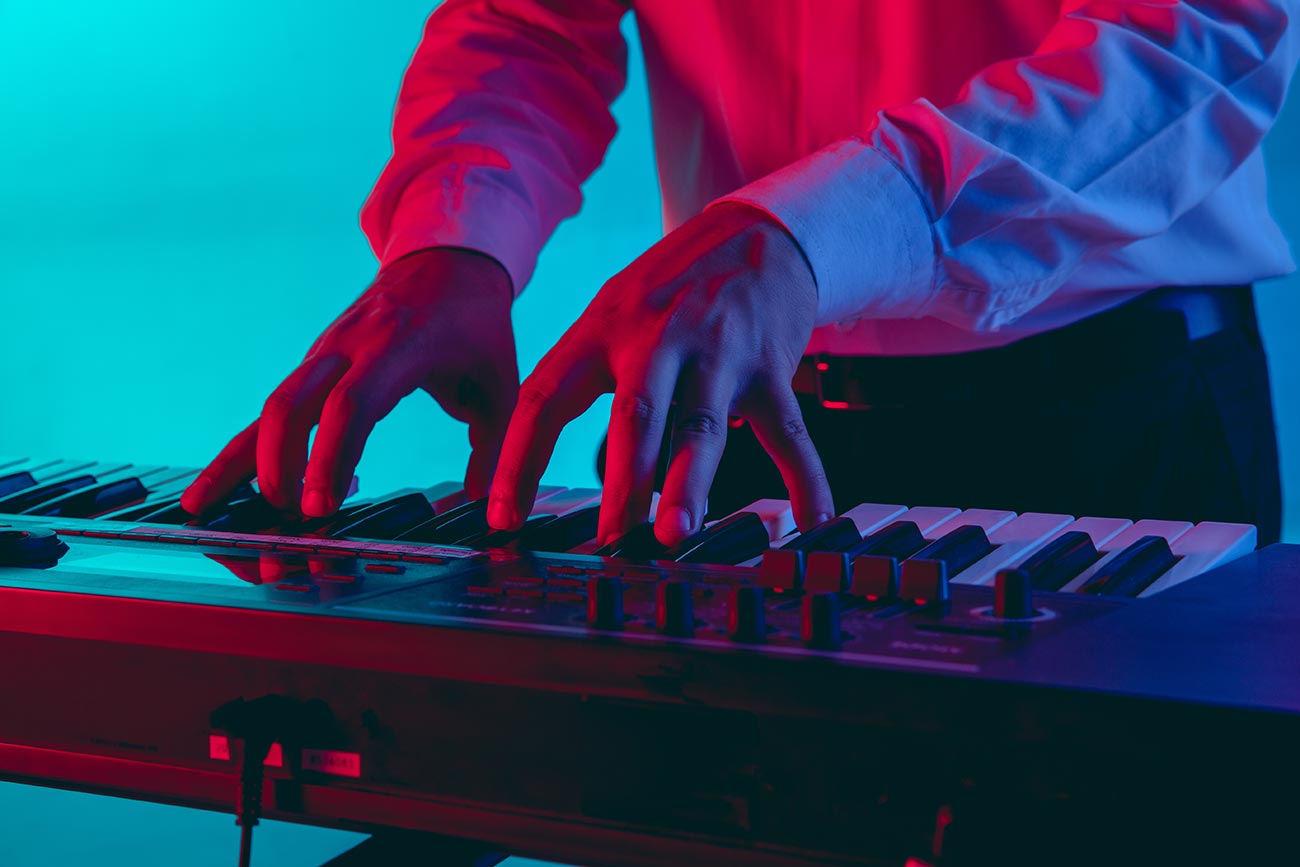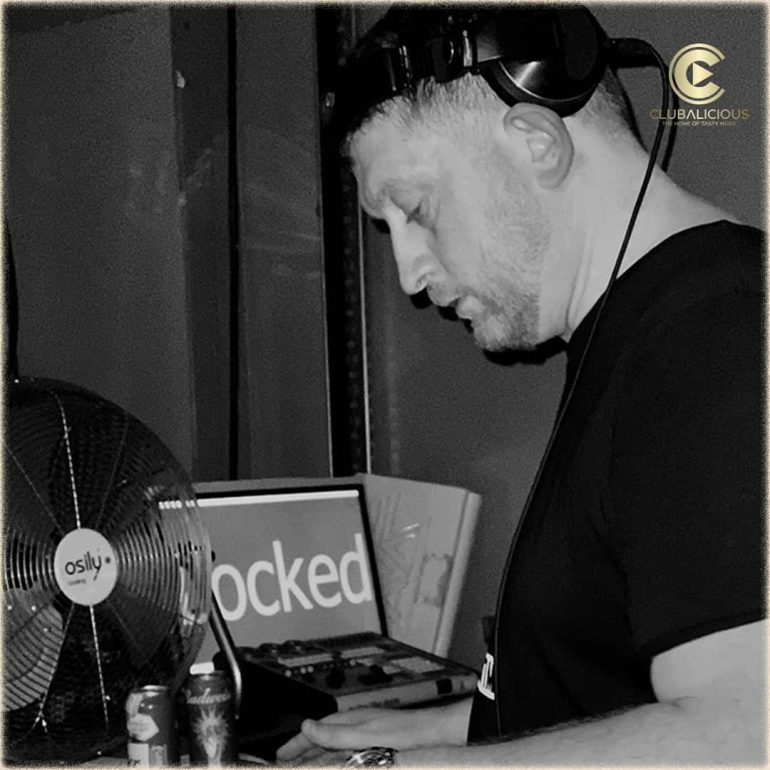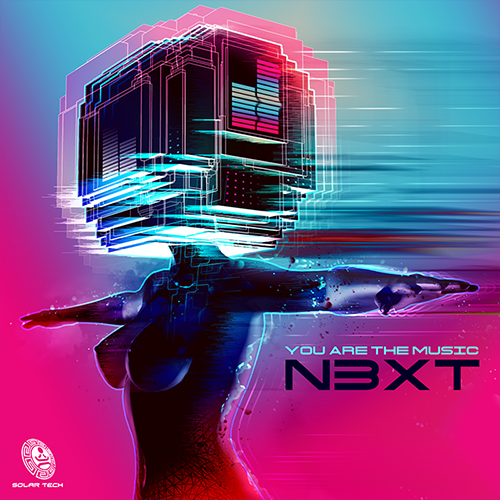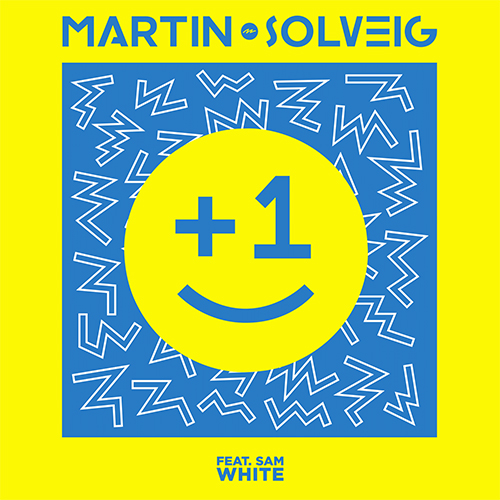-
 play_arrow
play_arrow
Clubalicious Clubalicious Radio
-
 play_arrow
play_arrow
London Calling Podcast Yana Bolder

New York, NY (April 10, 2025)—There was life before “Luka” and there was life after “Luka,” engineer/producer Steve Addabbo says of the impact that the 1987 Suzanne Vega hit had on the lives of those involved.
The song about child abuse took on a life of its own; aside from the topic of war, “Luka” was definitely a forerunner in musical social consciousness. Vega never thought it would be a single, but the record company released the song as the second offering from the album Solitude Standing in May 1987 and it rose to Number 3 on Billboard’s Top 100, yielding major attention and three 1988 Grammy nominations for the artist and her team.
Even though the song flowed quickly out of Vega, it was conceived toward the end of the recording of her debut, self-titled album, so the entire production process ended up taking nearly two years. There was an initial recording of the song that included session drummer Andy Newmark. That was followed by a run of live shows with a band—Marc Shulman, guitar; Anton Sanko, keyboards; Michael Visceglia, bass; Stephen Ferrera, drums—that established the rocking version.
Following the tour, everyone, including producer Lenny Kaye, convened at Bearsville Studios in upstate New York for the album sessions that produced “Luka.” They spent 10 days woodshedding before tracking, and then five minutes before recording “Luka,” Addabbo recalls, he nervously put headphones on Ferrera, played him the Andy Newmark version, and said, “Listen to this drum part.”
They cut basics live (aided by Rod O’Brien) with Vega in a separate booth singing and playing guitar. Shulman’s guitar part was overdubbed later. There was a Studer A800 2-inch tape machine with no noise reduction, Addabbo notes, as well as a Neve board “with a lot of history. The preamps sounded great, and we added a compressor here and there. I wasn’t gear-centric at that point.”

VOCALS AT RPM STUDIOS
Vega’s final vocal was recorded at RPM Studios back in New York City, where Addabbo discovered that a Sanken CU41 was a match for her voice. “Up in Bearsville, we probably used some tube mic and it probably sounded great,” the producer says. “We recorded the original ‘Tom’s Diner’ up in Bearsville, and it’s hysterical because we were in this huge barn of a studio, the size of a football field, and we had to record the ‘Tom’s Diner’ a cappella vocal; that was probably a 47, but the Sanken CU41 just captured an edge on her voice. We probably did her guitar part over again at RPM, too and we did Jon Gordon’s guitar solo at the end.”
Addabbo also brought Shawn Colvin—whom he had known for a while and would later be involved with her exposure and subsequent record deal—into RPM to sing backgrounds on “Luka.” He says that he “probably used a U47 through a UA 1176” on Colvin’s backgrounds. “I had this idea of a part echoing what Suzanne was singing, like a thought inside Luka’s head, and also a singlenote ‘aah’ on the solos—pretty subliminal,” he explains. Colvin would end up joining Vega on tour following the album’s release.
Divine intervention also occurred at RPM in the final stages, when the song’s identifying synthesizer opening—a hook played by Anton Sanko throughout the song—came out of one of those “happy accidents” late in the production process. Originally, the track began with Vega on acoustic guitar before the band joined in, but one day, as they were working on the rough mixes and getting ready to hand them over to mix engineer Shelly Yakus, the automation was going and the synth part just came in.
“Lenny and I looked at each other and went, ‘Oh, my God, that’s the beginning of the song!’ Addabbo says. “There are those three synthesizer notes and then the band just kicks in. It was such an exciting moment. You know what song is coming in three seconds.”
MIXING WITH SHELLY YAKUS
Addabbo was excited to work with Yakus on the mix. “Before I was working with Suzanne, for five years, I had teched at Sterling Sound, so I was there when they brought the first Damn the Torpedoes tape in, and Shelly was there mastering with Greg Calbi. I had never heard anything sound so good, except maybe when Greg Ladanyi brought ‘Africa’ and ‘Rosanna’ in to master.”
Following the work at RPM, Addabbo flew out to Los Angeles with the music whittled down to four reels of multitrack. When he arrived at A&M Studios, he recalls, Marc DeSisto, the assistant at the time, said, “Where’s the rest of it?” Once they sat down to mix, Addabbo says, Yakus was very generous in including him, having the producer sit beside him at the board throughout the process.
“I mixed Suzanne’s first record, which was okay, but I wasn’t a master mixer at that point; I didn’t know all the tricks,” Addabbo admits freely. “So working with Shelly, who had been through everything, was like going to the Harvard University of Mixing. First of all, A&M Studios was phenomenal. Studio B had an SSL E Series at that point. I had zero experience on SSLs back then; I had grown up on MCIs and Neves. They also had a small warehouse of outboard gear, and you could pick from 10 Pultecs for the lead vocal, and, gee, which Fairlight do you want to use?”

Addabbo says the level of detail and choice of outboard gear was phenomenal and he has a distinct memory of seeing Herb Alpert sitting in back of the studio, taking in a mix of one of the other tracks and commenting on how beautiful it was.
“The thing is, Shelly took the time. We spent an entire three days on ‘Luka.’ I wouldn’t have had the balls to spend that much time on a mix,” he says, “but we had a lot to deal with because we had Suzanne’s voice, which is not the most powerful. It’s beautiful, but it’s not powerful, and we had all these parts and we had to make it competitive for the radio.”
As he recalls, the vocal chain was straight off the Studer, probably into a (handpicked) Pultec EQP-1A, into a Fairchild 670 compressor, with a bit of the SSL channel compressor/de-essing on it.
EVERYTHING JUST RIGHT
“With that vocal and that band, we were trying to get a pop impact while keeping her vocal above everything,” says Addabbo. “It took time, a lot of finessing, a lot of riding and getting syllables up that were getting lost, and at the same time not making it too loud—not any different than what I do today,” says Addabbo, who today works out of Shelter Island Sound in New York. “It’s always the same challenge of getting the vocal to sit just right. We spent a lot of time on that—not making it too bright and not making it too loud. No major secrets—it was just time, and we took the time to really get every syllable out there.”
Addabbo mentions that Yakus was a fan of the small Neve console compressors (using a a 2262, supposedly very similar to a 2264) on the stereo bus, and he remembers that Yakus liked the bass going through a Rockman. Addabbo also recalls Vega’s comment after playing her the mix for the first time was “Do the drums have to be that loud?” So, they dialed them back just a little.
“Shelly was a powerhouse in getting the vocals to sit on top of all of this and not be too loud but be a part of it, and manipulating it with the outboard gear,” Addabbo praises. “He was very inclusive and really tried to please me and honor the production.”
Classic Tracks: Steve Perry’s “Oh Sherrie”
It was the production that helped present a potentially uncomfortable subject matter in a way that could open a conversation; it didn’t hit the listener over the head. “What’s so great about that song and why Suzanne is such a brilliant writer is that you don’t know what it’s about initially,” Addabbo says. “It doesn’t sink in until about the middle of the second verse. Shelly didn’t know what it was about and I didn’t say anything, and all of a sudden, he was sitting there and he had been working on it for about a day. He looked at me and said, ‘I just got it.’ It was that reaction that made it that much more powerful.”
Addabbo says every time he listens to the song, it’s still very emotional for him: “When I listen to what we did, what I hear is all of us trying to get to the next level. Suzanne is singing her heart out, everyone is playing great, Shelly mixed the hell out of the thing and put all the pieces together, like there was some master plan. But, of course, there wasn’t.”
Written by: Admin
Similar posts
Recent Posts
- 🎶 New Music: JID, OneRepublic, Morgan Wallen, Post Malone, MarkCutz, Kidd Spin + More!
- Classic Tracks: The Fireballs’ “Sugar Shack”
- Classic Tracks: Arlo Guthrie’s “City of New Orleans”
- Classic Track: k.d. lang’s “Constant Craving”
- Classic Tracks: Waylon Jennings’ “Are You Sure Hank Done It This Way”
Recent Comments
No comments to show.Featured post

Latest posts

🎶 New Music: JID, OneRepublic, Morgan Wallen, Post Malone, MarkCutz, Kidd Spin + More!

Classic Tracks: The Fireballs’ “Sugar Shack”

Classic Tracks: Arlo Guthrie’s “City of New Orleans”

Classic Track: k.d. lang’s “Constant Craving”

Classic Tracks: Waylon Jennings’ “Are You Sure Hank Done It This Way”
Current show

It’s A London Thing!
Ginger Tim
For me, it’s all about the mood and a deep, hypnotic groove… playing those tracks that get you tapping your feet and nodding your head without you realizing it, regardless of genre, tempo, style, or release date.
closeUpcoming shows

It’s A London Thing!
Ginger Tim
00:00 - 01:00
Fresh Is Fresh
THIS WEEKS HOTTEST DANCE RELEASES FROM DEE JAY PROMOTIONS
01:00 - 09:00
Fresh Is Fresh
THIS WEEKS HOTTEST DANCE RELEASES FROM DEE JAY PROMOTIONS
11:00 - 16:00
Sugar Radio
Robin Schulz
16:00 - 17:00
Swedish Dance Chart
17:00 - 19:00
Chart







